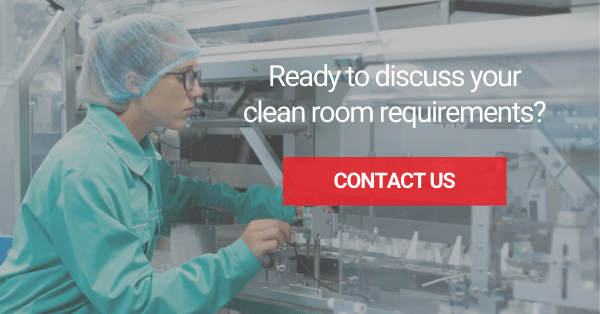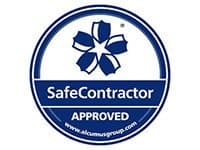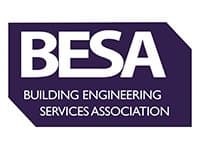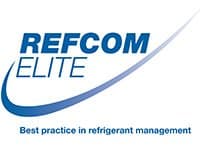Many manufacturing processes require a space that is free from contaminants and particles that is known as a Cleanroom. These spaces are also common at research institutes and universities where work is being carried out that those airborne particles could interfere with.
With any cleanroom, there are a variety of standards that are required. Among them are the temperature and humidity standards. But what are these and how are they managed?
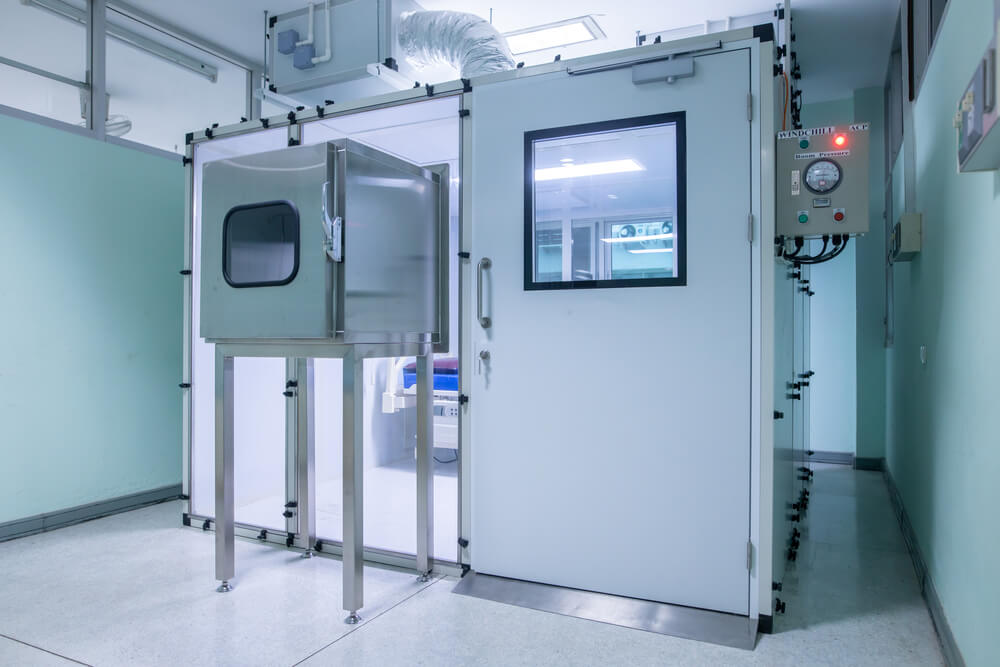
What is a cleanroom?
A cleanroom is defined as a controlled environment where airborne microbes, dust and aerosol particles are filtered out. They are usually classified by the different levels of contamination depending on the amount of particles allowed in the space, in a per cubic metre measurement. Temperature, humidity and air flow are also controlled.
The classification used to define a cleanroom standard is called the ISO or International Organization for Standardization. The range runs from ISO 1 to ISO 9 and uses a formula to show the maximum number of particles per cubic square meter that the space should have.
Cleanrooms use specialist systems to remove particles from the air and clean it. Outside air is usually circulated through a filter system with either HEPA or ULPA being the most commonly used. This allows the cleaning and decontamination of the air to the required level for the type of cleanroom.
This is then supplied to the room while air within is forced outside by registers or recirculated back into the space.
Have you got any questions about cleanroom design, installation, maintenance or repair? Call us on 01179 523355 or fill in our contact form with any queries you may have and we will get back to you.
Industries that are requiring cleanrooms
There are a large number of industries that make use of cleanrooms in different ways and to different standards. When the concept was first created, it was primarily for things like semi-conductor industries and life sciences. Universities were common places to find them. But the need for these specialised spaces has grown and many more industries use them.
Examples of those regularly using this type of area include:
- Pharmaceuticals
- Manufacturing
- Medical laboratories and biotechnology
- Nanotech production
- Electronic part production
- Food manufacturing
- Universities and research facilities
- Aerospace Industry
- Specialist manufacturing such as optics and lenses
- Military applications
Each industry and area will have its own specific requirements for a cleanroom. But a few general principles will also apply – cleanroom temperature standards and humidity standards.
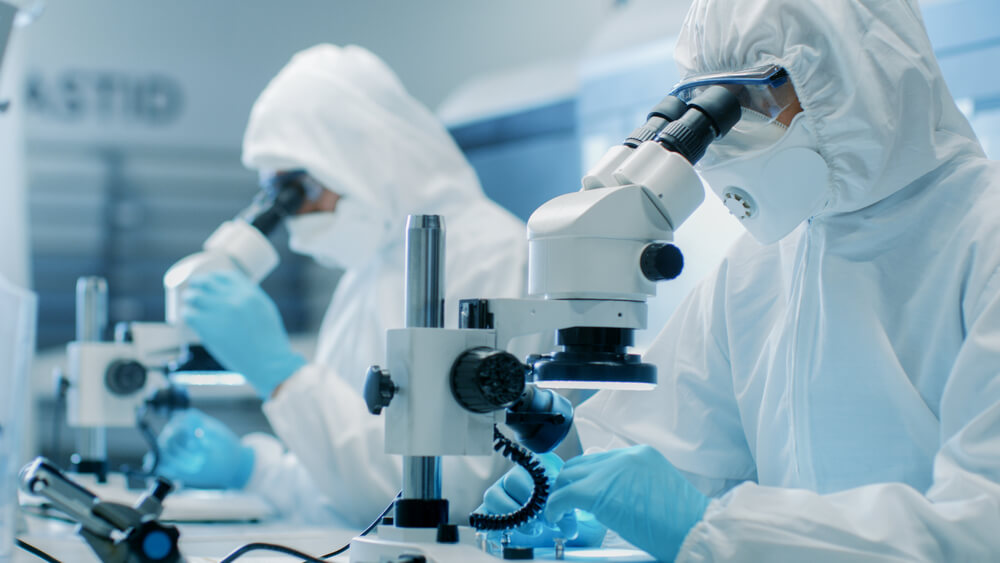
Humidity and temperature control in a cleanroom
Humidity is an issue in a cleanroom for a number of reasons. A few examples include:
- Microbes can grow and cause corrosion
- Solvents can evaporate
- Water cools and condenses into moisture compromising the quality of work being done
- Quality issues such as clogs in tablets due to powder inconsistency in the pharmaceuticals industry
- Contamination can lead to product spoilage
Not only that but the wrong humidity levels can make the whole area very uncomfortable for people working in it. This leads to mistakes, low-quality products and even production delays. But most importantly, it leads to unhappy employees.
Cleanrooms aren’t pressurised but there is still the need to keep the humidity steady and ensure it doesn’t fluctuate.
Ideally, Relative Humidity (RH) in cleanrooms should be between 30-40%. When the temperature is below 21 degrees C (70 degrees F), there’s a 2% variance either way.
Cleanroom temperature standards
As with humidity, there’s a cleanroom temperature standard that should be maintained. If this isn’t right, then it can cause employees to shiver or sweat which leads to more particles being released into the cleanroom. It can cause contamination and compromise the standards of any production taking place.
The ideal temperature for a cleanroom is 21 degrees C (70 degrees F) with a variance of 2 degrees either way.
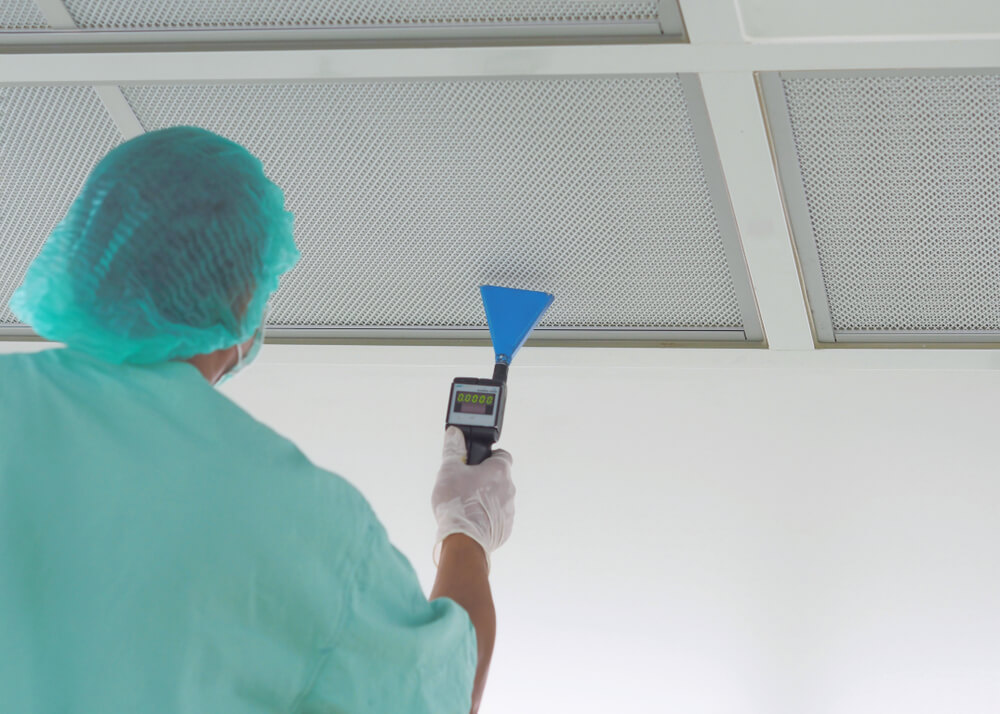
Do temperature and humidity requirements affect the way a cleanroom is designed?
The specific requirements of a cleanroom and the ability to control temperature and humidity all play a part in how the space is designed. A well-designed cleanroom will combine the architectural design, structural design and mechanical and electrical systems as well as the control systems needed to operate the room.
Another big factor is the outside environment and how this plays into the ability to control the room.
For example, if you want to add a cleanroom in an open warehouse with no temperature or humidity controls in place, there needs to be a design that can ensure the cleanroom can cope with the difference. This is done with the R-value of walls so that heat doesn’t transfer through. The same will apply to moisture – special designs are needed to stop this transferring.
Likewise, temperature creates issues because it moves with air. If there’s positive pressure, the air is pushed outwards while moisture will come against pressurisation. So if there’s positive pressure, moisture will come in. That means the design needs to handle both of these issues to keep the temperature under control.
Finally, there are the places that can affect the temperature that aren’t always obvious and need to be factored in. one example is the plenum cap, the top of the cleanroom. As a person moves through the air across the top of it, when it is warm at one side and cool at another, the air transfers. Or the person absorbs the heat. This means the plenum can take a lot of cooling if it isn’t properly designed and insulated.
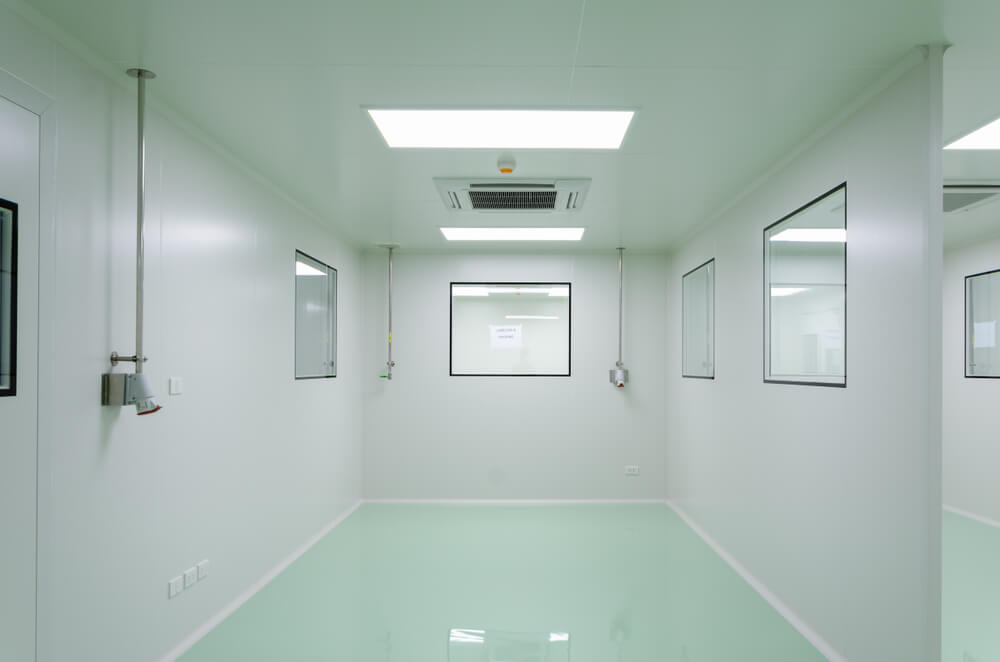
Cleanroom Installations from TEK
Here at TEK, we have created complex and bespoke designs for clients in a variety of industries and around the world. We have created cleanrooms to varying levels and also carried out many close control room projects. Our experience includes environments with the strictest temperature and humidity requirements.
Our cleanroom installation service can involve creating the entire cleanroom from scratch including all the building services required. We can cover areas such as the air conditioning and ventilation as well as heating and systems to control different levels within the room. Once the project is complete, we can provide the various certification required to ensure the testing is complete and the cleanroom has reached the required standards.
Contact us today on 0117 9523355 or email sales@tek.uk.com to discuss your requirements and to get a bespoke quote for the project that you are undertaking.


